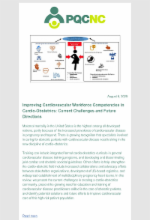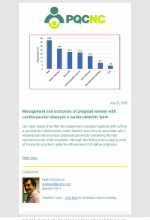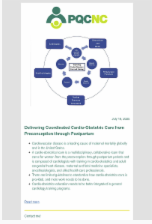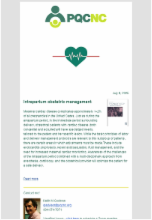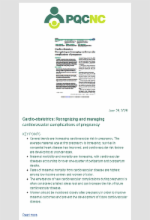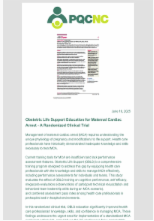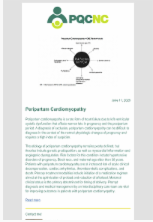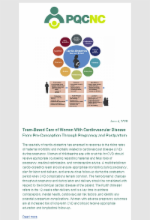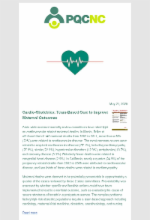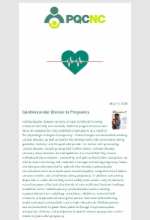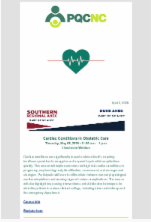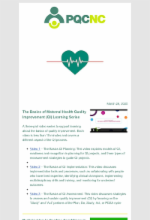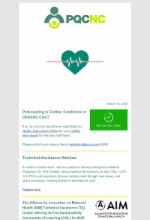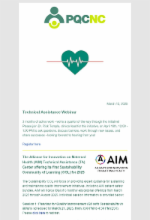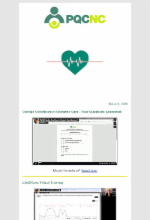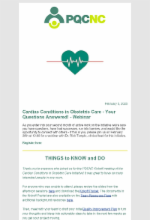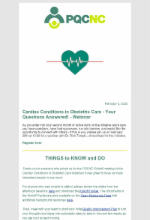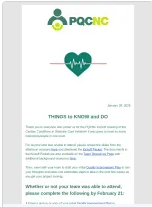Everything you need to get started in one place -
For those of you requiring IRB approval - click here
Participation Agreement - requirements for participation
Charter - what we're doing
Action Plan - how we're doing it
Quick Start Guide - getting started
GET YOUR TEAM STARTED
Intent to participate - start gettiing news and updates - register here
Roster - who's on your team - PDF Worksheet / link to submit
Snapshot - where you are now - PDF Worksheet / link to submit
PreWork Checklist - what to do before January 10, 2025 - PDF Checklist
Kickoff Packet
ESSENTIAL LINKS
Kickoff - January 16, 2024, McKimmon Center, Raleigh, NC - register
Learning Session 2 - date/registration TBA
Learning Session 3 - date/registration TBA
Quality Improvement Tools
Quality Improvement Plan
Monthly Leadership Report
Initiative Tools
Patient / Provider Screen
Referral Protocol / Flowchart
Data Dictionary
Cardiac Conditions in Obstetric Care Data Dictionary
Data Collection Tool
Cardiac Conditions in Obstetric Care Data Collection - click to download
Data / Reports
Attention Data Collectors: Instructions on how to access your team's data entry project in Life QI will be coming soon — please be sure to submit your team roster including your data entry contact person.
LifeQI Training Video
LifeQI Virtual Training - A virtual training session occured on Wednesday, February 12, 11am-12:30pm with a Life QI consultant for live orientation to the program - view recording below

